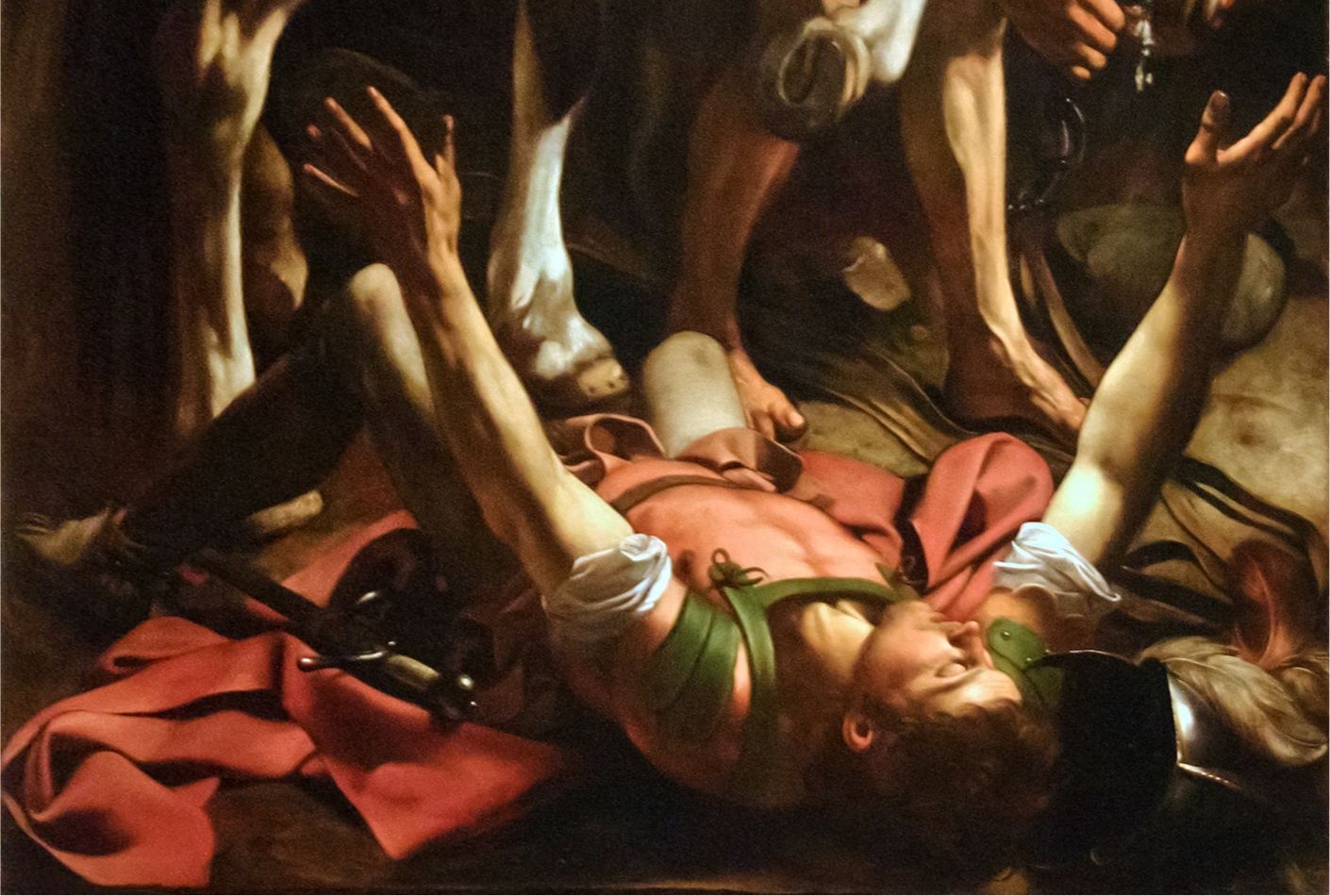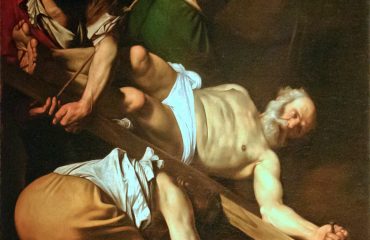LIGHTS & SHADOWS OF A REVOLUTIONARY ARTIST
Caravaggio’s legacy
- Listen to tales of an intriguing Baroque master as you walk the streets of old Rome
- Admire Caravaggio’s masterpieces inside some of Rome’s best-loved churches
- Identify some distinctive traits of Caravaggio’s style including his sharp contrast of light and dark and preference for the use of ordinary people as subjects for his paintings
-
Category
-
Hobbies & Interests
-
Duration3 hours
-
Destination
LIGHTS & SHADOWS OF A REVOLUTIONARY ARTIST
Caravaggio’s legacy
Join the quest to find out more about this quixotic, revolutionary, tormented artist whose influence on painting in Italy is comparable only to that of Michelangelo, his namesake. In fact his real name was Michelangelo Merisi and he came from Caravaggio, a small town in Lombardy where he was born in about 1571. His artistic genius and innovatory style brought him fame and great success but reactions to his work were by no means always favourable. He often shocked the onlooker with his novel approach to divine subjects. His tumultuous lifestyle and restless, violent nature forced him, on several occasions, to flee from his numerous enemies and finally led to his premature, tragic death in 1610.
Fortunately for us, however, Caravaggio’s masterpieces are scattered across the peninsula and Rome is proud to display a number of his most well known works. Your guide will bring to life the stories behind his paintings, explaining their sweeping impact on the art scene of the times and the circumstances in which their celebrated creator produced them. You will be led on a walk through the streets of old Rome as you listen to tales of this intriguing Baroque master.
In the Church of Santa Maria del Popolo, a treasure trove of Renaissance and Baroque works in various media by artists of the very finest calibre such as Bernini and Raphael, you will see his Crucifixion of St. Peter and the Conversion of St. Paul, two paintings of inestimable artistic value. The protagonists of his narrative are captured at the climax of intense personal drama and their vivid religious experience is immortalised – Paul falls from his horse, blinded by the God’s light, Peter’s unwavering faith shines through as the cross to which he is nailed is lifted by his executioners. Work by Caravaggio’s arch-rival, Carracci is also displayed in the church and your guide will point out the difference in outlook and technique of these two influential masters.
The trail will lead you to the Church of San Luigi dei Francesi, built in the 16th century for the Medici Cardinal Giulio, later Pope Clement VII, with the help of French funds. The imposing facade and fabulous ornate frescoed ceiling cannot fail to strike you as you head for three more of Caravaggio’s paintings that hang inside this church. The theme he depicted here, in his first major church commission, was dictated by Matthew Contarelli who left instructions in his will for scenes from the life of Matthew to decorate his chapel. The large canvases portray Saint Matthew and the Angel, The Conversion of Saint Matthew and The Martyrdom of Saint Matthew. The artist’s striking contrast of light and shadow, later know as tenebrism, and his characteristic choice of highly charged emotional moments helped establish his reputation for complexity and brilliance. His work was soon very much in demand.
Caravaggio’s preference for the use of ordinary people – and not the usual illustrious or reputable figures – as models for his paintings often caused a stir. In the Church of Sant’Agostino you can admire his Madonna dei Pellegrini. The pilgrims’ dirty feet and ragged clothes as they kneel in worship are painted in faithful, shocking detail. Although his subject is biblical and divine, the contemporary human relevance of the Virgin Mary is underlined by placing her in this everyday setting. Once again, this church, tucked away behind Piazza Navona, has a long and fascinating history and is the repository of many other inspiring works.
By the end of your trail something of Caravaggio’s mystery will have been revealed: the impulsive rebel, the passionate storyteller, the fearless rule-breaker to whom some claim we owe the beginning of modern painting and a shared vision of dramatic episodes of the past as they relate to the stark realism of the present day.
- A half-day private tour with an expert licensed guide
- Transportation from guests’ accommodation to the starting point of the tour (taxi ride to be paid on the spot at clients’ expense)
- Tips
- Meals
- Private transfers with chauffeured vehicles to the starting point of the tour and back to guests’ accommodation can be arranged upon request
- The order of the sites visited may change




